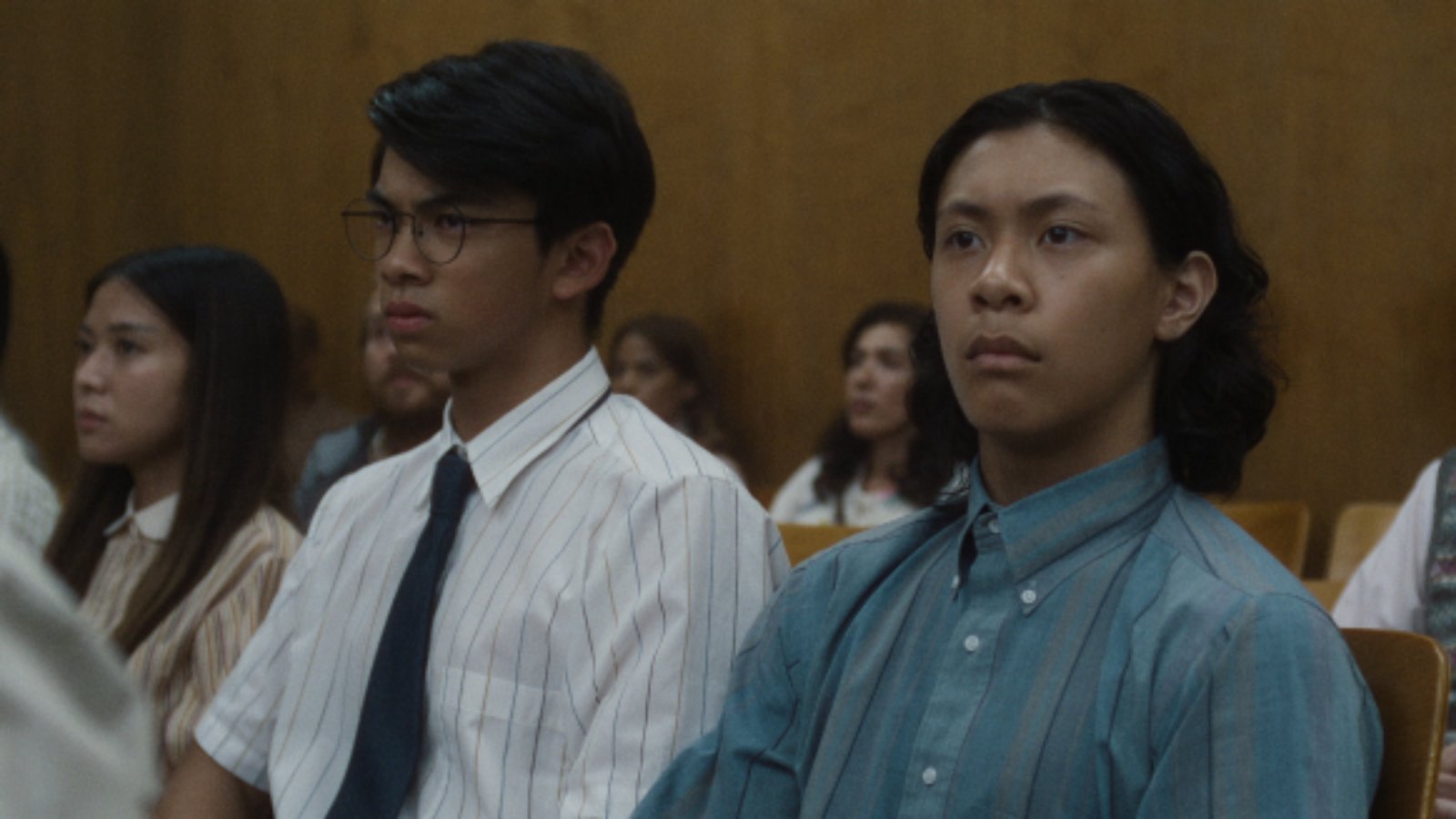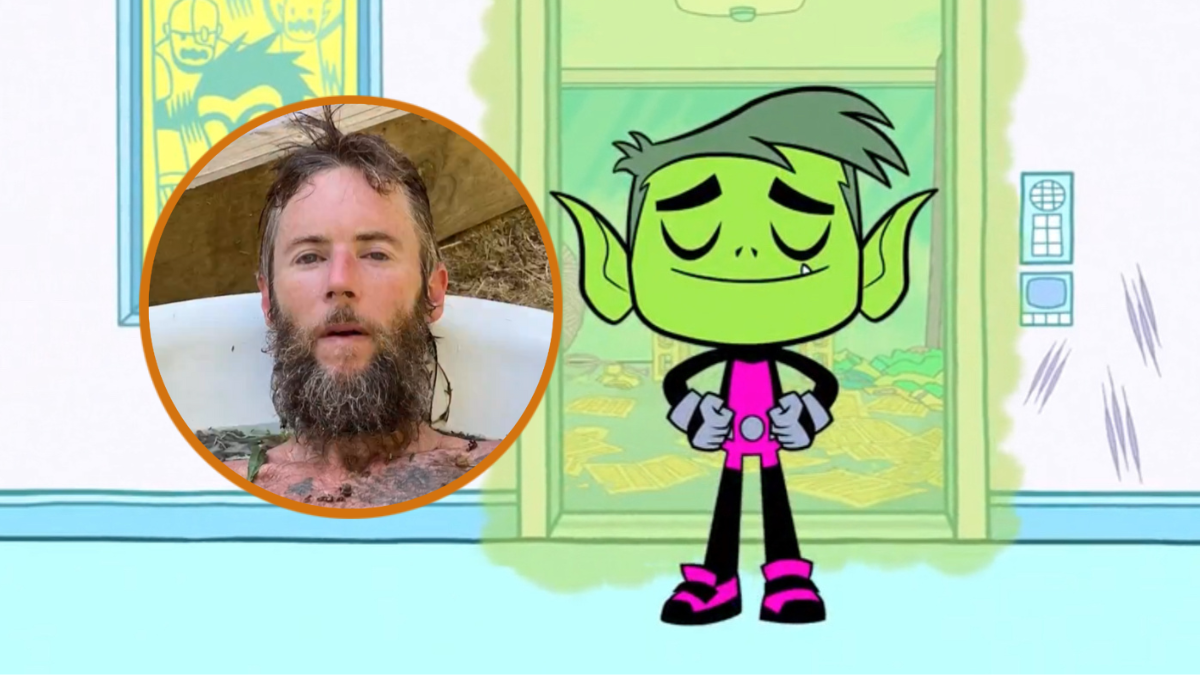Thanks to Netflix’s Monster: The Jeffrey Dahmer Story, the names and stories of the Milwaukee Cannibal’s seventeen victims are being learned again after over 30 years of dormancy. While many viewers were starstruck by Evan Peters’ believable portrayal of Jeffrey Dahmer, Netflix reiterated that Dahmer’s crimes shouldn’t be glorified simply for dramatization, but rather act as an educational reminder that over a dozen lives were lost.
All of the stories of the seventeen victims, all of whom were male and many of whom were Black and brown, are extremely tragic and heartbreaking. One of the most controversial deaths belongs to 14-year-old Konerak Sinthasomphone.
What happened to Konerak Sinthasomphone?

In Monster, Konerak Sinthasomphone is portrayed by Kieran Tamondong (The Paper Tigers), but the real Konerak was born in Wisconsin and raised in a Laotian family that migrated to the United States to pursue the American dream. He was born on December 1, 1976, and died on May 27, 1991, at the hands of Jeffrey Lionel Dahmer, one of America’s most notorious and sadistic serial killers.
As reported by Cinemaholic, Konerak’s brother, Somsack Sinthasomphone, was drugged and sexually assaulted by Dahmer in 1988, just three years prior to Konerak’s eventual death. When he met Dahmer, Somsack was 13. He had agreed to accompany the former to his apartment on the promise of payment for his time. Miraculously, Dahmer — for reasons unknown — decided to spare Somsack.
Please note that the following section may be distressing to some readers and deals with sexual assault. For those who would like to avoid reading these details, please scroll to the “Aftermath of Konerak Sinthasomphone’s death” section.
Official details of Sinthasomphone’s death
One afternoon on May 27, 1991, Dahmer encountered Konerak Sinthasomphone on Wisconsin Avenue. Unbeknownst to Dahmer, Konerak was the younger brother of Somsack, whom he had molested before. In exchange for a handsome payment, Dahmer asked Konerak to accompany him to his apartment to pose for nude and semi-nude Polaroid pictures.
Although initially reluctant, Konerak agreed. After posing for two pictures in his underwear, Konerak was drugged into unconsciousness by Dahmer, who forced oral sex on him. Before drugging him, Dahmer had led the Laotian teenager into his bedroom, where the decomposing body of 31-year-old Tony Hughes — whom Dahmer had murdered three days prior — lay naked on the floor.
While unconscious, Dahmer drilled a hole into Sinthasomphone’s skull, through which he injected hydrochloric acid into his frontal lobe. It was later revealed that Dahmer conceived this method to force his victims into an unresponsive, permanently submissive, and vegetative state. Shortly, therefore, Dahmer fell asleep beside Konerak. When he awoke, he left the apartment to drink at a local bar and purchase more alcohol.
When he returned, a delirious Sinthasomphone was sitting naked on the corner of 25th and State, where the Oxford Apartments building stood. He was muttering gibberish in Lao, all while three distressed women — including Nichole Childress and Sandra Smith — alerted authorities.
When the police arrived, Dahmer reacted calmly, insisting that Sinthasomphone was his 19-year-old boyfriend who had drank too much after an altercation. He insisted that Konerak — whom Dahmer referred to as the alias John Hmong — frequently behaved in this manner when intoxicated. Despite the witnesses informing authorities of Konerak’s various injuries, including blood seeping from his testicles and rectum, the Milwaukee officers — John Balcerzak and Joseph Gabrish — escorted Konerak back to Dahmer’s apartment, where they insisted that all was well (despite a pungent odor emanating from the apartment) and advised Dahmer to “take good care” of Sinthasomphone.
The incident was filed by officers as a “domestic dispute” and Konerak was murdered that same night. Dahmer had attempted a second injection of hydrochloric acid, which proved fatal, then took a day’s leave from work to dismember both Hughes and Sinthasomphone’s bodies.
The aftermath of Konerak Sinthasomphone’s death

In the aftermath of Konerak Sinthasomphone’s death, the Milwaukee officers responsible for handing Sinthasomphone back to Dahmer — John Balcerzak and Joseph T. Gabrish — were suspended with pay after an uproar from the local Black and brown communities and the Sinthasomphone family. Moreover, Balcerzak and Gabrish were reprimanded for their hateful and homophobic comments during the incident.
Despite protests from the Sinthasomphones and the entirety of the Oxford Apartments residency, both officers appealed their termination and were subsequently reinstated with back pay of $55,000 each by Judge Robert J. Parins, much to the total dismay and outrage of those involved. Sinthasomphone’s death was ruled as negligent and a breach of his constitutional rights to protection, wherein he was abandoned by the Milwaukee Police and the corrupt justice system as a whole. The Sinthasomphones filed a lawsuit against the city of Milwaukee in response to the racist carelessness shown by Balcerzak and Gabrish.
The Sinthasomphones v. The City of Milwaukee
Courtesy of TooFab, the lawsuit said, “The officers intentionally and deliberately refused to listen to the following specific information conveyed by Nichole Childress, Sandra Smith, and others: that Sinthasomphone was a child; that he was trying to escape from Dahmer, that Dahmer had referred to Sinthasomphone by various names; that Dahmer was attempting to physically control Sinthasomphone; and that Sinthasomphone was drugged, hurt, and had been sexually abused.”
In all its legal jargon, the lawsuit states that “The Sinthasomphone plaintiffs have not merely alleged that the police officers failed to protect Konerak Sinthasomphone from Jeffrey Dahmer. Rather, they allege, among other things, that the officers actively prevented private citizens from helping Sinthasomphone and, in fact, delivered Sinthasomphone, who was a minor, not to his parents, but into Dahmer’s custody.”
In addition, the same lawsuit alleged that the Milwaukee police department had “a longstanding practice of intentional discrimination against and reckless disregard of the rights of racial minorities and homosexuals” and that the officers were “products of the discriminatory policies, which led them to the wrong conclusion that they stand in opposition to minority members of the community which they serve.” The system caused them to treat “an obviously serious and grave incident with deliberate indifference, and jocularity as if it were somehow comical.”
The full details of the lawsuit can be found here.
Ultimately, after a long and arduous legal battle, the City of Milwaukee paid the Sinthasomphone family a sum of $850,000 to settle the lawsuit.
Further societal influence
A largely impactful and educational thread created by Sarah McGonagall on Twitter outlines the ins and outs of Konerak’s death, the lawsuit and the mistreatment he and the Sinthasomphone family suffered at the hands of both Dahmer and the Milwaukee Police Department. In regards to Balcerzak, McGonagall wrote, “He never checked Dahmer’s record, which stated that he was convicted for abusing Konerak’s brother. He appealed his firing three years later and the court ruled in his favor. He was later promoted to president of the Milwaukee Police Association, and retired with pension in 2017.”
“John Balcerzak doesn’t deserve a day of rest,” she continued.
“And remember, while we can certainly blame this officer for his actions, remember that not only did he have a partner at the time and a judge who reinstated him because “termination is too harsh a punishment”, but 521 officers voted for him as president. The system is poisoned.”
McGonagall’s thread was met with an outpouring of support from protestors amidst the Black Lives Matter movement following the death of George Floyd.
Jeffrey Lionel Dahmer was beaten to death by fellow inmate Christopher Scarver in 1994 and subsequently died in prison.











Published: Nov 6, 2023 02:40 pm